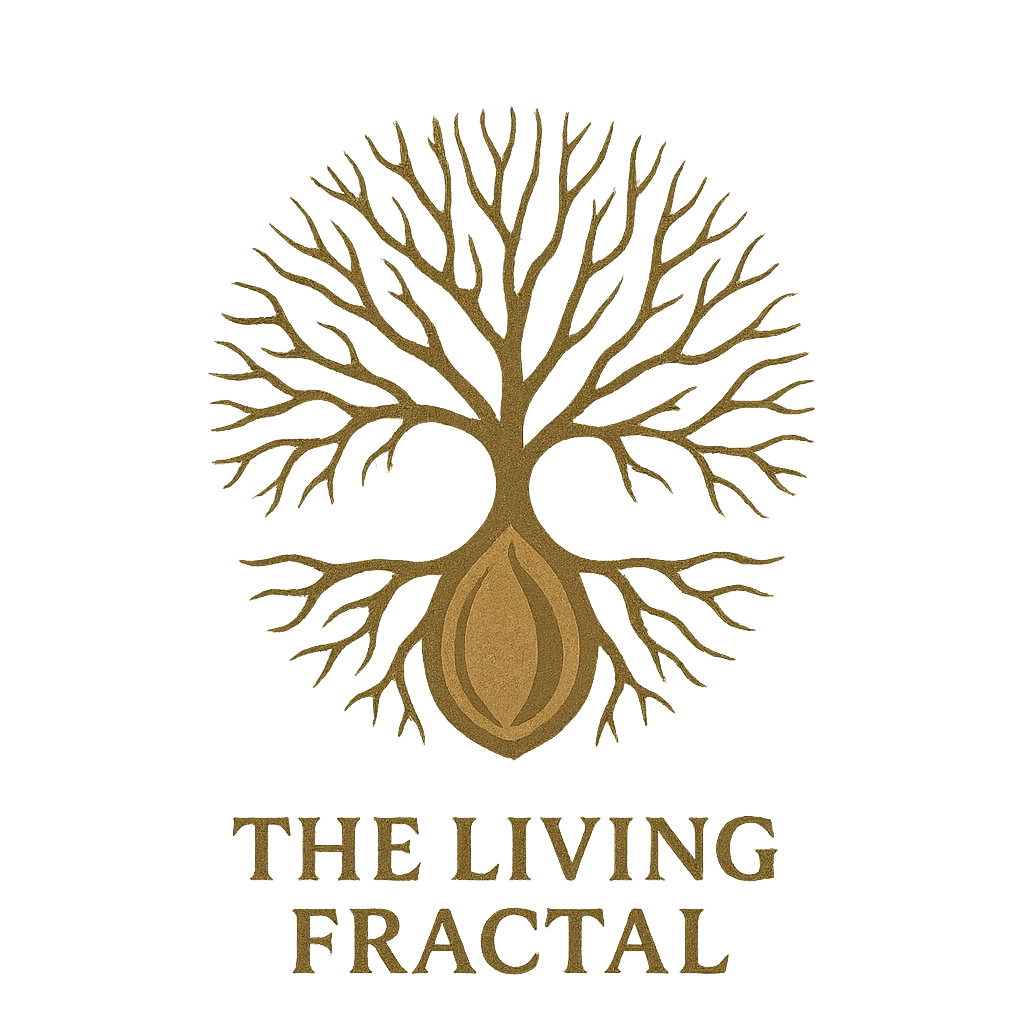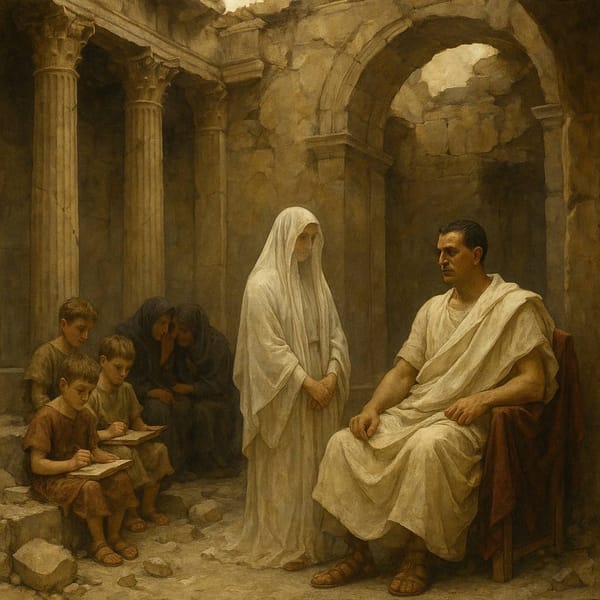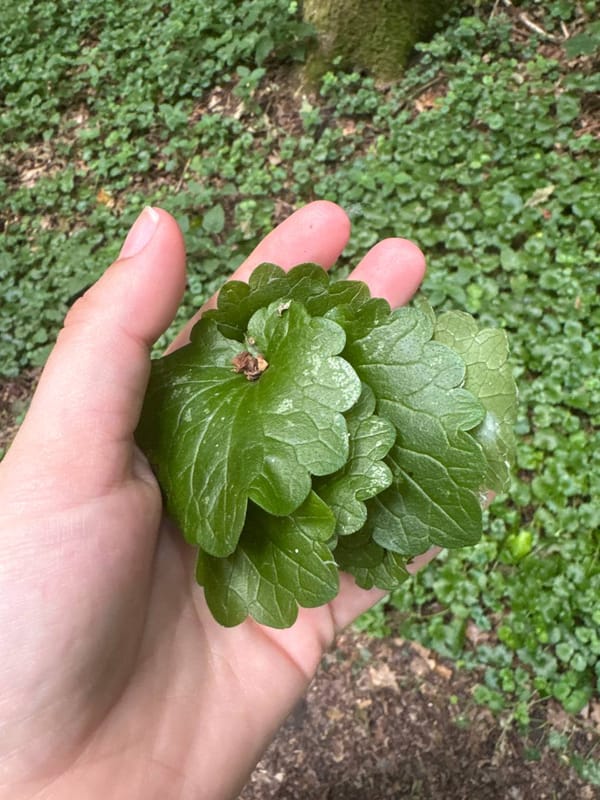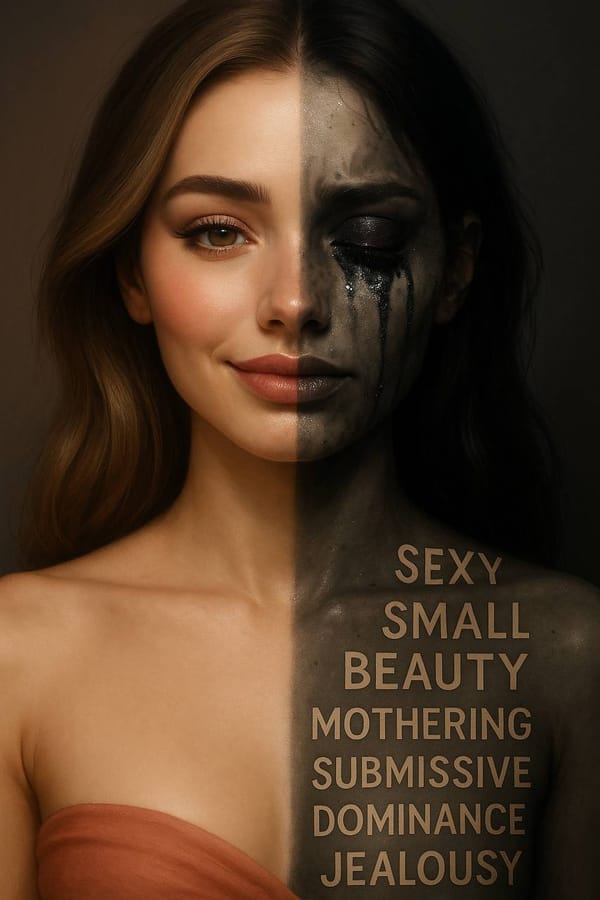He Was Once a Baby

A fractal reflection on violence, collapse, and the ache we refuse to name
By Daphne – The Living Fractal
“Every system is perfectly designed to get the results it gets.”
— W. Edwards Deming
They say he was a loner.
That he was rejected from the military.
That he walked into a school and ended lives — then his own.
And they say it like it’s a riddle.
Like it came out of nowhere.
Like he wasn’t born through someone, into a room, into a country, into a culture —
into us.
But let me say this plainly:
He was once a baby.
Warm, nervous system open.
Skin-to-skin. Eyes still searching for safety.
He cried to signal. He needed to be met.
And over time — he wasn’t.
Not enough. Not in the right ways.
He was shaped by what the field withheld:
Touch. Truth. Co-regulation. Belonging.
He was trained — not taught.
Conditioned — not loved into being.
He learned silence.
He learned not to feel.
He learned the pressure of a world that punishes vulnerability and leaves boys to rot in their own unspeakable grief.
And no — this is not a defense.
This is a reckoning.
A refusal to keep pretending we don’t know why this keeps happening.
Because we do.
Somewhere, we know.
We don’t want to feel it.
So we look at the shooter, call him a monster, and move on.
We reduce the act to pathology — it’s easier than seeing it as symptom.
Of collapse. Of disconnection. Of culture-level dissociation.
We say “he chose violence.”
We don’t ask what made violence make sense to him.
What pressure cooked beneath the surface.
What shame metastasized in silence.
What ancestral ache kept ringing — unanswered — in his blood.
This is what happens when you are born wired for connection
and raised in emotional starvation.
This is what happens when grief has no ritual,
when touch is taboo,
when pain is pathologized instead of witnessed.
We legislate the weapons,
but never trace the wound.
We moralize the ending,
but never mourn the field conditions that made it inevitable.
And the truth is:
He was not a glitch. He was a mirror.
And it terrifies us to see ourselves inside it.
We keep asking how to prevent these tragedies.
But we refuse to change the systems that produce them.
So let me ask differently:
- What happens to a boy whose nervous system collapses and no one notices?
- What happens to a culture that rewards detachment and calls it strength?
- What happens to a people who carry intergenerational trauma but are given no language, no ritual, no land to grieve it?
We think collapse is coming.
But this is collapse.
This is the field screaming through the bodies of the forgotten.
And maybe — just maybe —
violence is what happens when the soul can’t hold the silence anymore.
He was once a baby.
And someone should have held him.
Should have rocked him when he cried,
should have taught him his grief was sacred,
should have made space for his pain before it grew teeth.
And the same is true for every child.
Every boy.
Every girl.
Every ghost walking among us, still unloved.
Let this be a grief that softens us.
Not hardens us.
Let this be a threshold.
Let this be the moment we choose to see.
The System Was Built This Way
A forensic grief-study of collapse, shooters, and a culture allergic to feeling
By The Living Fractal | Part II of “He Was Once a Baby”
“Every act of violence is a communication breakdown — not just between people, but between the nervous system and the culture that shaped it.”
— TLFractal
The boy was not broken.
He was behaving exactly as the system shaped him to.
Because the system we live in — the culture that raises our sons and forgets our elders — is not a malfunctioning machine. It is working as designed.
And what it’s designed to do…
…is extract.
…is suppress.
…is reward numbness and punish tenderness.
…is abandon those who can’t perform “normal.”
This is not about gun laws.
It’s about a culture that builds boys for battle, and then blames them for waging one inside their own nervous system.
🧠 He Was Once a Nervous System
Science confirms what we feel in our bones:
Most mass shooters have complex trauma histories.
They’ve been neglected. Abused. Rejected. Made invisible.
According to The Violence Project, over 80% of mass shooters experienced early childhood trauma — often untreated, often unnoticed.
“[These shooters] were not born monsters. They were born into pain that had no language, no ritual, and no witness.”
— Peterson & Densley (2021)
They were once kids whose feelings were too big, and whose caregivers were too absent or overwhelmed to meet them.
They learned to go numb. To mask. To perform.
Until one day, something cracked open the pain they were forced to swallow.
💥 The Culture of Collapse
What we call “mental illness” is often a rational response to a sick system.
Loneliness?
A predictable result of capitalist hyper-individualism.
Dissociation?
A nervous system survival strategy in a culture that never stops overstimulating.
Male violence?
A symptom of what psychologist James Gilligan calls “chronic shame trauma.”
Because boys are taught not to cry.
Not to reach out.
Not to speak their longing.
They are taught that feeling is weakness.
That pain must be crushed.
That silence is strength.
Until they can’t hold it anymore.
“This is what happens when grief has no ritual and pain has no place to go.”
— TLFractal
🧬 Collapse Is Not Coming — It’s Here
These shootings are not anomalies.
They are emissions from a dying system.
They are rituals of collapse playing out in the absence of real ones.
When the body carries ancestral trauma, and there is no place to metabolize it…
When the field is dry of belonging, and no one knows how to co-regulate…
This is what happens.
The field speaks through breakdowns.
This is not about bad apples.
It is about contaminated soil.
📚 Backed by Research, Echoed by the Soul
- Langman (2009) showed most school shooters were isolated, with complex internal pain.
- Twenge & Baumeister (2001) demonstrated social rejection leads to aggression and self-destruction.
- Gilligan (1996) outlined how violence is the last resort for men overwhelmed by shame.
- Porges (2011) revealed how a dysregulated field creates dysregulated bodies.
- Yehuda (2015) proved trauma is inherited — and untreated lineage pain expresses.
- Metzl (2015) warned that mental illness is often scapegoated, while the system stays untouched.
🌿 So What Now?
If we want to end this — really end this —
we must stop asking how to stop him,
and start asking what made this feel inevitable to him.
Because when a child is raised without co-regulation,
when grief is pathologized,
when touch is taboo,
when land is stripped of ritual…
This is what happens.
The soul cracks.
The body combusts.
The pain finds a way out.
🔥 Let Us Not Harden
It’s easier to look away.
To turn him into a monster.
To label. To distance.
But the brave act is to see.
To hold the grief without needing to blame.
This isn’t about justifying.
This is about understanding.
So we can interrupt the cycle before it births another boy made of silence and screams.
He was once a baby.
And so were all of us.
Let’s build a world where babies don’t grow up learning to hurt in order to be heard.
Reflection Questions (for community and self):
- What kind of culture do we create when we sever boys from feeling?
- What rituals do we need to help metabolize grief before it becomes violence?
- How do we decolonize trauma responses and reweave relationality?
This piece is part of The Living Fractal project.
A space for cultural midwifery, nervous system repair, and soul-rooted remembrance.
Let the grief lead. Let the collapse compost. Let us begin again.




